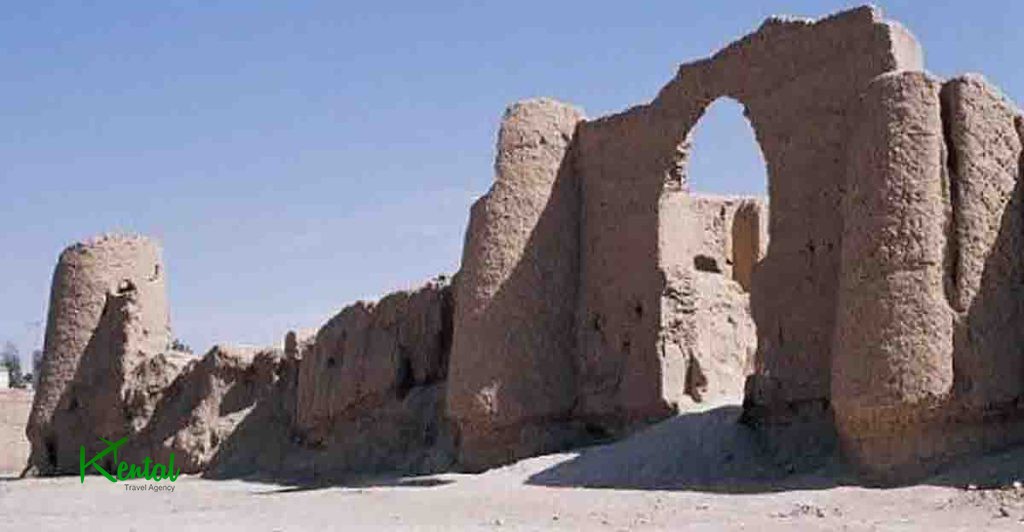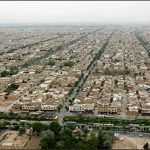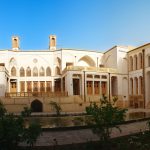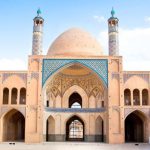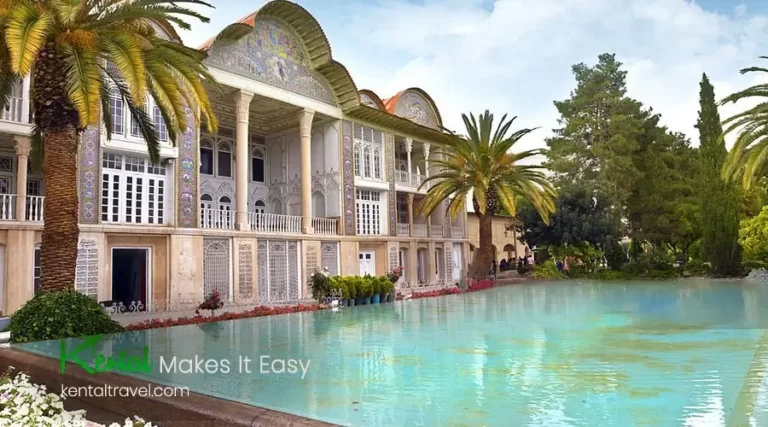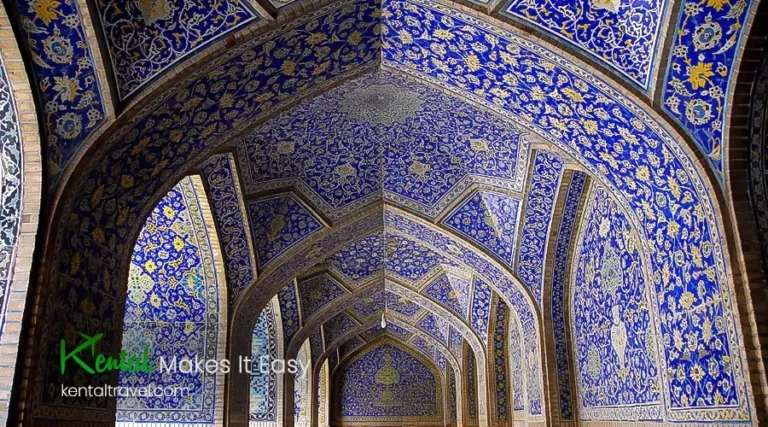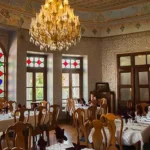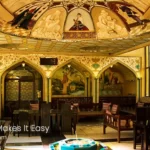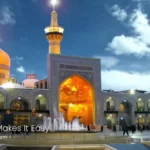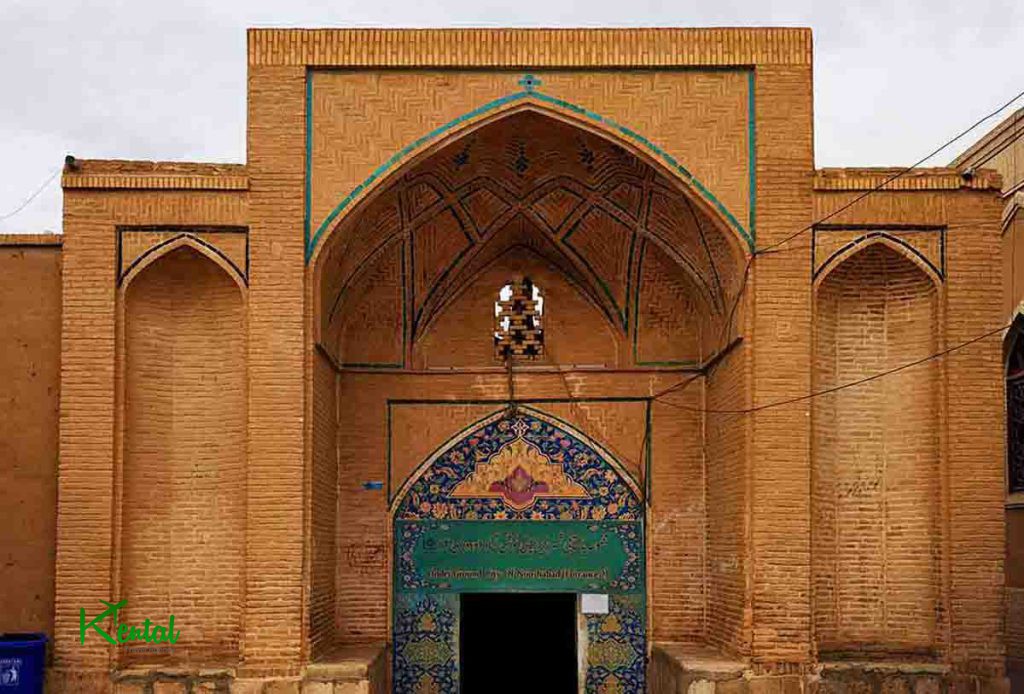
Noushabad Underground City
Noushabad Underground City is one of the most amazing underground cities in the world. This underground city is one of the tourist attractions of Kashan in Noushabad city. The history of this city goes back to about 1,500 years ago. This city was one of the capitals of Sasanian Empire during the reign of Khosrow I. This underground city was accidently discovered in 2006 by a person who was digging a well in his house.
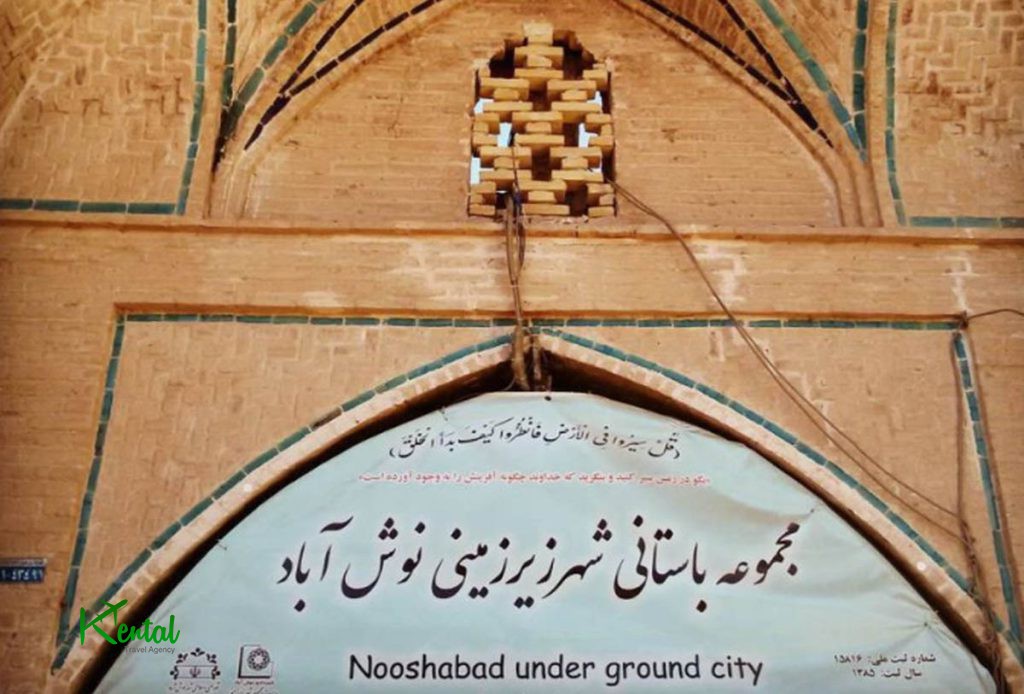
Where Is Noushabad Underground City?
Imam Khomeini St, Noushabad City, Aran o Bidgol County, Isfahan Province.
Noushabad is one of the ancient and historical areas in the north of Isfahan and is a part of Aran o Bidgol county. This city, which is known as one of the Sasanian capitals in Khosrow I period, is five kilometers from Kashan and has a population of 12,000. Dehkhoda considers the name of the city to be from the root Anoushe, which means eternity. In this city, in addition to Noushabad (Ouyi) underground city, Jame Mosque and Imam Ali Mosque (a) from the Ilkhanate period, Sizan adobe castle and Is’haqabad historical bridge from the Seljuk period are some of the special tourist attractions. Also, Atiq mosque, with belongs to the Seljuk period, is one of the most important attractions of the city.
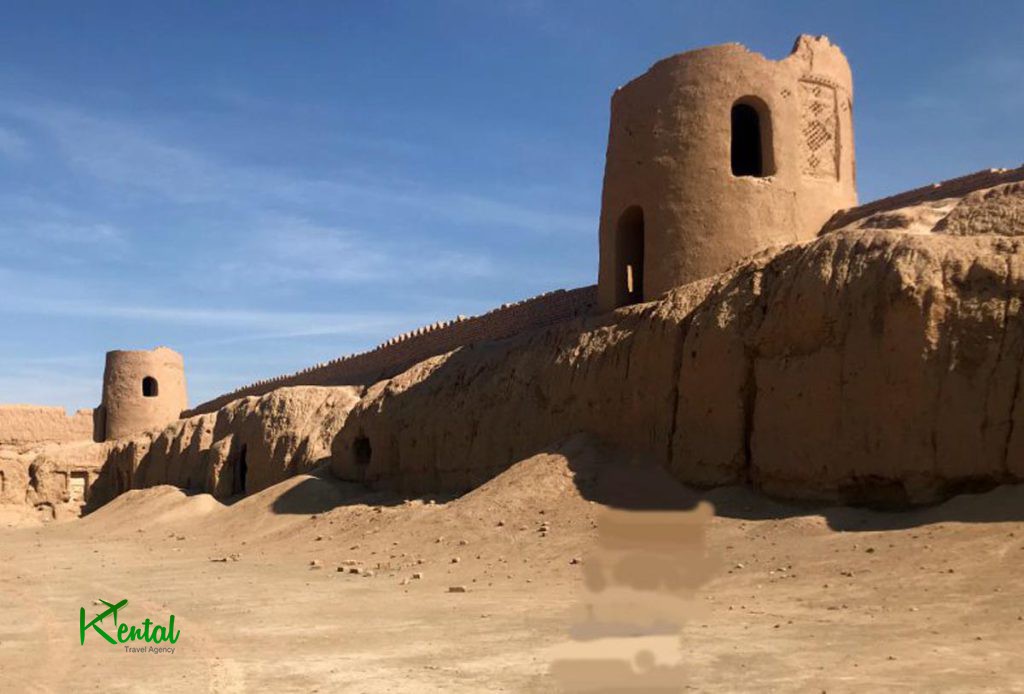
Noushabad city is very old; but what has made the city famous and popular is Ouyi “underground city”. This city always attracts many history, art and archeology enthusiasts.
The first floor was actually corridors and hallways that were used to mislead potential pursuers. The second and third floors were shelters and places to live in times of danger and to store supplies. Several entrances to the lower city have been identified, many of which have been blocked by floods many years ago. The city consists of winding corridors, small and large rooms, defensive traps, which were apparently used during enemy attacks. The size of this city is large due to the connection between its neighborhoods and the protection of people’s lives and property in times of insecurity. It has been expanded on both horizontal and vertical levels. This architecture in Noushabad is called ” Ouyi “. Except for the entrance, the height of all parts of Ouyi is the normal height of a human between 170 and 180 cm. There are tallow burners on the walls in small distances.
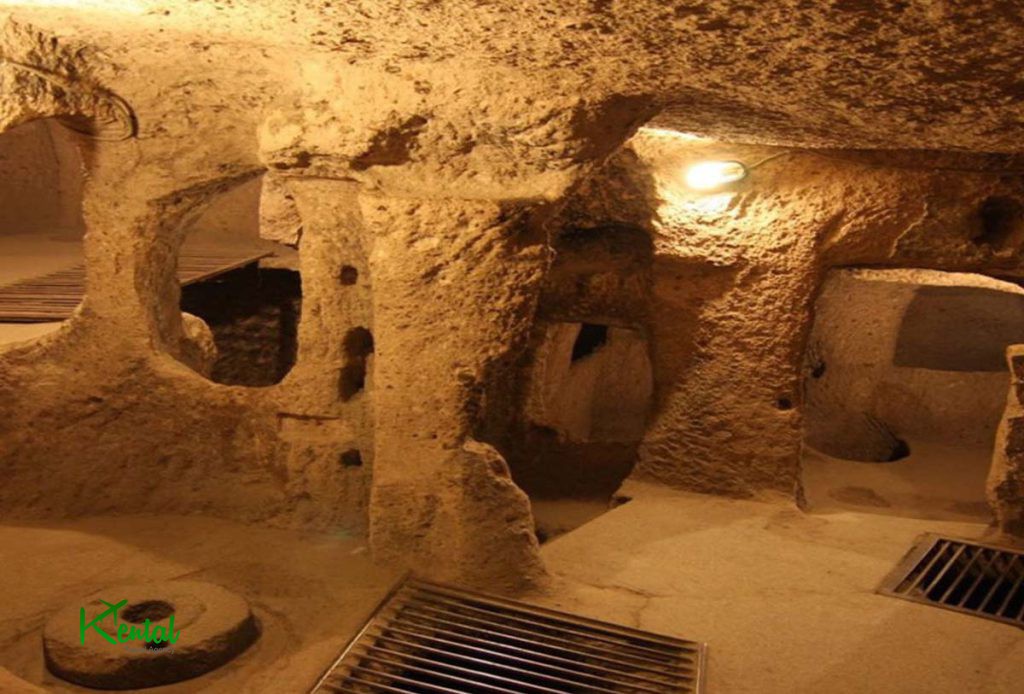
In some parts, there are platforms on walls for sitting, which in some rooms can become a niche for placing things. The entrance to Noushabad underground city is a narrow corridor the size of one individual. When entering the city, you can smell the wet soil. Narrow corridors with a height less than a standing person lead one to the inner parts of the city.
Vertical wells are the floors’ communication way, and U-shaped wells were used for air conditioning. There were routes to get there from people’s houses and social centers such as bathhouses and mosques as well as the castle near the city. The spaces of the city are made just for necessary cases, and the ventilation system works based on the air pressure difference with the ground surface, which enables the circulation and purification of air for breathing. Small cells in size of two meters in two meters, basic toilets, shelter spaces, communication tunnels, air conditioning and water wells are among the places of this underground city.
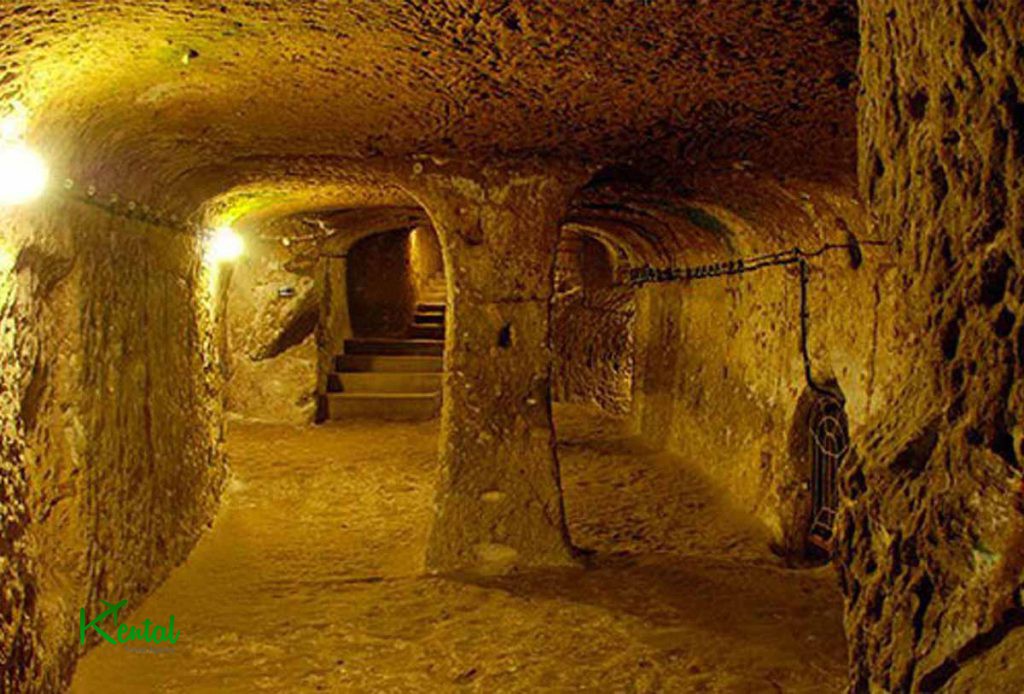
The History of Noushabad Underground City
Most experts consider city’s primary core belongs to the Sassanid period; nonetheless, Noushabad underground city used to be the residence of people in different periods. It is said that during the Mongol invasion of Persia, this city was used for people’s safety. Many details of the city have been lost because of the floods over time; but some potteries have been found that dates back to 1800 years ago, to Sasanian era.

